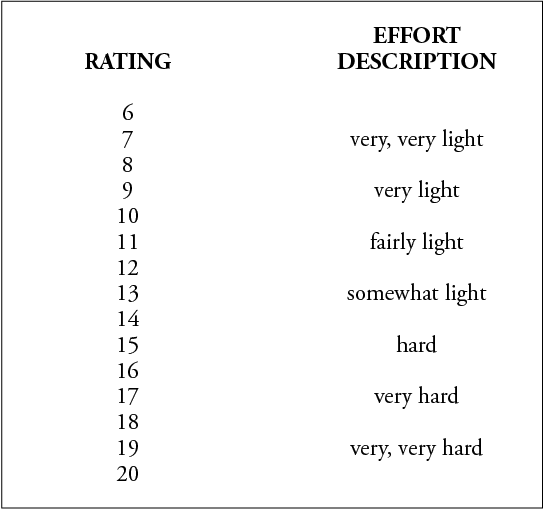Finding the best method of classifying 'easy' and 'hard' workouts
There are a couple of methods that runners use to determine if their workout was easy or hard. The most common method is by taking their pulse rate. The standard used in text books, and most running books, is to subtract your age from 220 to determine your maximum pulse rate. A good work out has the runner reaching a pulse rate between 65% and 85% of their maximum. As an example, a 40-year-old runner has a maximum pulse rate of 180 beats per minute. A 28-year-old runner has a maximum pulse rate of 192 beats per minute. Each runner will take between 65% and 85% of that maximum pulse rate and maintain that number of beats per minute for their workout.
Unless you have a fitness watch that records your pulse rate, the easiest method to determine your pulse rate is to stop momentarily and take the pulse at the carotid artery in your neck. This is easier to find and usually has a stronger beat to feel than trying to take the pulse at your wrist. Take the pulse for 10 seconds and multiply by six and you will have the number of beats per minute. There are some researchers that think the 10 second time is too long as the pulse rate drops too fast to get an accurate count. These researchers think it is a closer estimate if you take the pulse for six seconds and multiply by ten to get the number of beats per minute. The hard part is timing the six seconds on the watch. But, find the number, add a zero to that number, and you have the number of beats per minute. For the most part, both methods are good to follow and have been established through research and examples over the years.
This pulse rate method works for most runners. It changes some with a runner that is older and has been running most of his or her life. When I was 60 years old, my maximum pulse rate was supposed to be 160 beats per minute. If I wanted to take 65% of that my pulse rate was only 104 beats. At 85% it was only 135 beats per minute. There were times on a hilly run, or doing intervals, where my pulse was closer to 180 beats per minute. The good thing about having been a runner for so many years is my pulse rate returned to 120 beats after one minute, it was at 100 beats after three minutes, and after 10 minutes it was back to a normal 60 beats per minute
While the subtracting your age from 220 is the standard for runners, it can be used by walkers as well. A brisk walk will find a walker reaching the 65% range very easily. If you are walking for a reason other than trying to improve fitness, any pace is better than sitting down. Any activity that gets the person up and moving, at any pace, is good and beneficial.
In some Physiology of Exercise text books another method of determining the level of a workout is used. It was developed by Gunnar Borg, a Swedish psychologist, and is called, “rating of perceived exercise” (RPE) scale. Rather than use the pulse rate the runner estimates the level of severity of his or her run on a scale between 6 and 20. It takes some time to determine what number on the scale a run will be. After a few runs it becomes easier and gives a more accurate estimate. The best part of the RPE scale is that it can be used by runners from beginner to elite and still be a good indication of the run. Using the scale numbers for ranking your effort, the runner will use 6 as being virtually no exertion at all, and 20 being the hardest effort possible. The table below is the Borg Scale of Rating of Perceived Exercise.

Some tips to get the most benefit out of this method:
1. It is an individual method, don’t compare your score to someone else. (A beginner may score an 8-minute pace as a 15; an elite runner scores it a 9.)
2. Be frank and honest when rating. Avoid over and under estimates.
3. Refrain from thinking that one is better than the other. There are no ‘correct’ answers.
4. Integrate all feelings: rate of breathing; leg pain; effort.
5. Do the best you can. With practice, finding the best score estimate gets easier.











